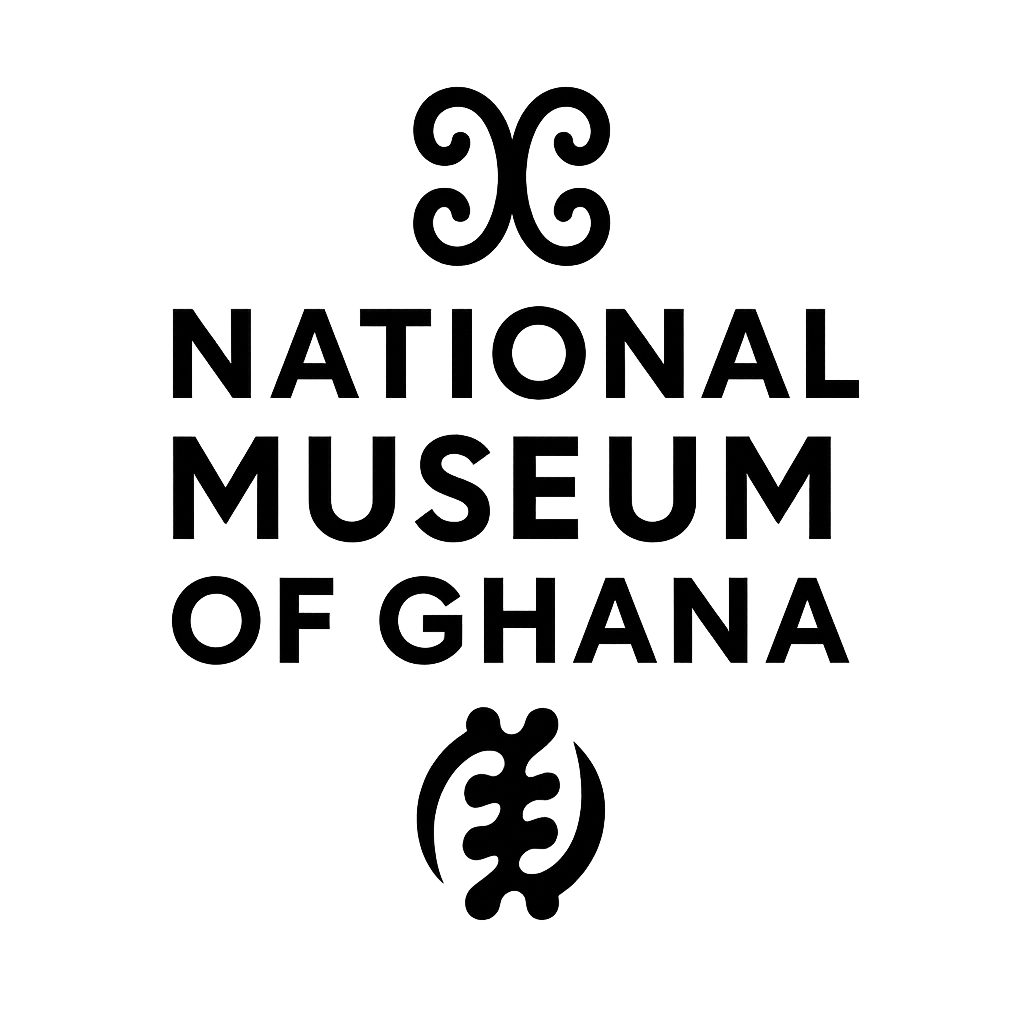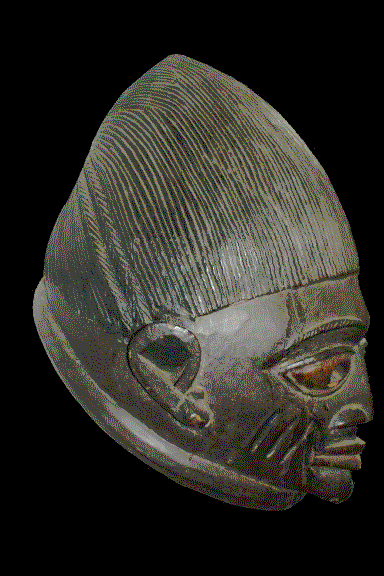

The National Museum of Ghana was reopened in June 2022. However, the nearby Museum of Science and Technology remains closed until further notice due to ongoing refurbishment.
Located in the heart of Accra, the National Museum of Ghana was officially inaugurated on March 5, 1956, marking a significant milestone in the nation's journey toward independence. Its opening was a key cultural event leading up to Ghana’s Independence Day celebrations on March 6, 1957, symbolizing a new era of national pride and identity.
As the oldest and largest museum in Ghana, it houses a rich collection of archaeological, ethnographic, and artistic treasures that reflect the diverse heritage of the Ghanaian people and Africa at large. From ancient artifacts and royal regalia to contemporary art and historic photographs, the museum serves as a vibrant center for education, preservation, and cultural dialogue.
Explore our exhibits anytime, anywhere — the National Museum of Ghana is always open online for global access and learning.
Ritual and ceremonial masks are a vital and deeply symbolic element of the traditional culture and artistic expression of the peoples of Sub-Saharan and West Africa. These masks are far more than decorative objects—they are powerful cultural artifacts used in religious rites, festivals, initiation ceremonies, funerals, and social gatherings. Each mask carries specific meanings and represents ancestral spirits, deities, animals, or mythological beings, often believed to channel spiritual energy or communicate with the unseen world.
Created with masterful craftsmanship from wood, bronze, ivory, and other natural materials, these masks reflect the aesthetic values and spiritual beliefs of diverse ethnic groups across the region, such as the Yoruba, Dogon, Baule, Dan, and Fang peoples. The use of masks is often accompanied by dance, music, and elaborate costumes, creating immersive performances that transmit oral histories, enforce social norms, and reinforce communal identity. Through their symbolism, beauty, and function, ritual masks continue to play a significant role in preserving cultural heritage and shaping the collective memory of African societies.

Collections and Exhibitions at the National Museum of Ghana

Lorem ipsum dolor sit
Africa has a long and complex history shaped by powerful kingdoms and diverse ethnic groups, often referred to as tribes. Long before colonial rule, the continent was home to thriving civilizations with advanced systems of governance, trade, culture, and technology.
In West Africa, empires like Ghana, Mali, and Songhai controlled vast territories and trade routes across the Sahara, dealing in gold, salt, and other goods. The Ashanti and Benin kingdoms were known for their military strength, artistry, and political organization.
In East Africa, the Aksum Empire (in present-day Ethiopia) was an early Christian kingdom and major trading hub. Coastal city-states like Kilwa and Mogadishu flourished through Indian Ocean trade, blending African, Arab, and Asian cultures.
In Central and Southern Africa, powerful kingdoms such as Kongo, Great Zimbabwe, and the Zulu Kingdom built impressive cities, trade networks, and social systems. Each ethnic group or tribe developed unique languages, customs, and belief systems that still shape African identity today.
This rich history reflects a continent of innovation, resilience, and cultural diversity long before European contact.

African drums are among the most iconic and important instruments in traditional African cultures. More than just musical tools, they have historically served as powerful means of communication, expression, and unity.
Drums were used in rituals, ceremonies, festivals, and storytelling, helping to pass down history, values, and oral traditions across generations. In many societies, they played a central role in religious practices, initiation rites, funerals, and royal events.
Different types of drums—such as the djembe, talking drum (tama), and dundun—were crafted with deep symbolic meaning and played specific roles in the community. Some drums could even “talk” using rhythmic tones to send messages across villages.
Historically, African drums were—and remain—a powerful symbol of identity, community, and spiritual connection across the continent.

In many African cultures, chairs or stools of state were powerful symbols of royalty, authority, and spiritual leadership. Reserved for kings, chiefs, and high-ranking elders, these seats were more than functional—they embodied the soul of the state and the legitimacy of the ruler.
Often carved from wood and richly decorated, state chairs and stools—like the famous Ashanti Golden Stool—represented the unity of the people, ancestral power, and divine right to rule. They were used in ceremonies, councils, and royal audiences, and in some cultures, no one else was allowed to sit on or even touch the ruler's chair.
Historically, these chairs served not just as thrones, but as sacred objects that linked the present ruler to the ancestors and the continuity of leadership.






Lorem ipsum dolor sit amet, consectetur adipisicing elit. Maiores ipsum repellat minus nihil. Labore, delectus, nam dignissimos ea repudiandae minima voluptatum magni pariatur possimus quia accusamus harum facilis corporis animi nisi. Enim, pariatur, impedit quia repellat harum ipsam laboriosam voluptas dicta illum nisi obcaecati reprehenderit quis placeat recusandae tenetur aperiam. Lorem ipsum dolor sit amet, consectetur adipisicing elit. Maiores ipsum repellat minus nihil. Labore, delectus, nam dignissimos ea repudiandae minima voluptatum magni pariatur possimus quia accusamus harum facilis corporis animi nisi. Enim, pariatur, impedit quia repellat harum ipsam laboriosam voluptas dicta illum nisi obcaecati reprehenderit quis placeat recusandae tenetur aperiam.
Lorem ipsum dolor sit amet, consectetur adipisicing elit. Maiores ipsum repellat minus nihil. Labore, delectus, nam dignissimos ea repudiandae minima voluptatum magni pariatur possimus quia accusamus harum facilis corporis animi nisi. Enim, pariatur, impedit quia repellat harum ipsam laboriosam voluptas dicta illum nisi obcaecati reprehenderit quis placeat recusandae tenetur aperiam.
Lorem ipsum dolor sit amet, consectetur adipisicing elit. Maiores ipsum repellat minus nihil. Labore, delectus, nam dignissimos ea repudiandae minima voluptatum magni pariatur possimus quia accusamus harum facilis corporis animi nisi. Enim, pariatur, impedit quia repellat harum ipsam laboriosam voluptas dicta illum nisi obcaecati reprehenderit quis placeat recusandae tenetur aperiam.
Lorem ipsum dolor sit amet, consectetur adipisicing elit. Maiores ipsum repellat minus nihil. Labore, delectus, nam dignissimos ea repudiandae minima voluptatum magni pariatur possimus quia accusamus harum facilis corporis animi nisi. Enim, pariatur, impedit quia repellat harum ipsam laboriosam voluptas dicta illum nisi obcaecati reprehenderit quis placeat recusandae tenetur aperiam.
New Text-Element